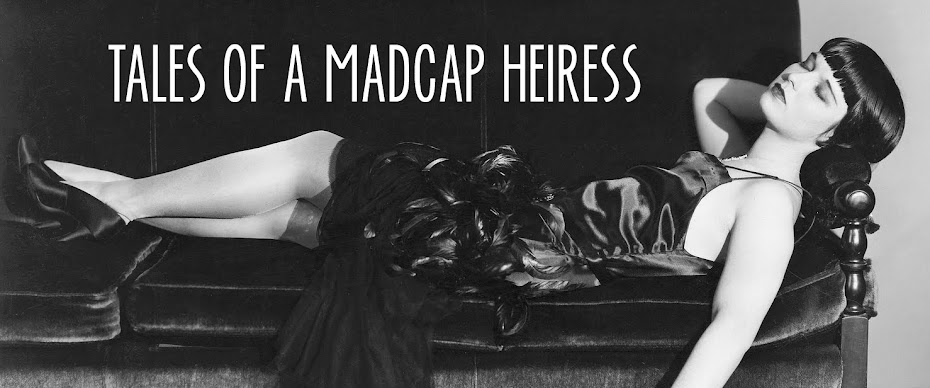 Glencar Lake. Photo from here.
Glencar Lake. Photo from here.
I Am of Ireland
'I AM of Ireland,
And the Holy Land of Ireland,
And time runs on,' cried she.
'Come out of charity,
Come dance with me in Ireland.'
One man, one man alone
In that outlandish gear,
One solitary man
Of all that rambled there
Had turned his stately head.
'That is a long way off,
And time runs on,' he said,
'And the night grows rough.'
'I am of Ireland,
And the Holy Land of Ireland,
And time runs on,' cried she.
“Come out of charity
And dance with me in Ireland.'
'The fiddlers are all thumbs,
Or the fiddle-string accursed,
The drums and the kettledrums
And the trumpets all are burst,
And the trombone,' cried he,
'The trumpet and trombone,'
And cocked a malicious eye,
'But time runs on, runs on.'
'I am of Ireland,
And the Holy Land of Ireland,
And time runs on,’ cried she.
'Come out of charity
And dance with me in Ireland.'





